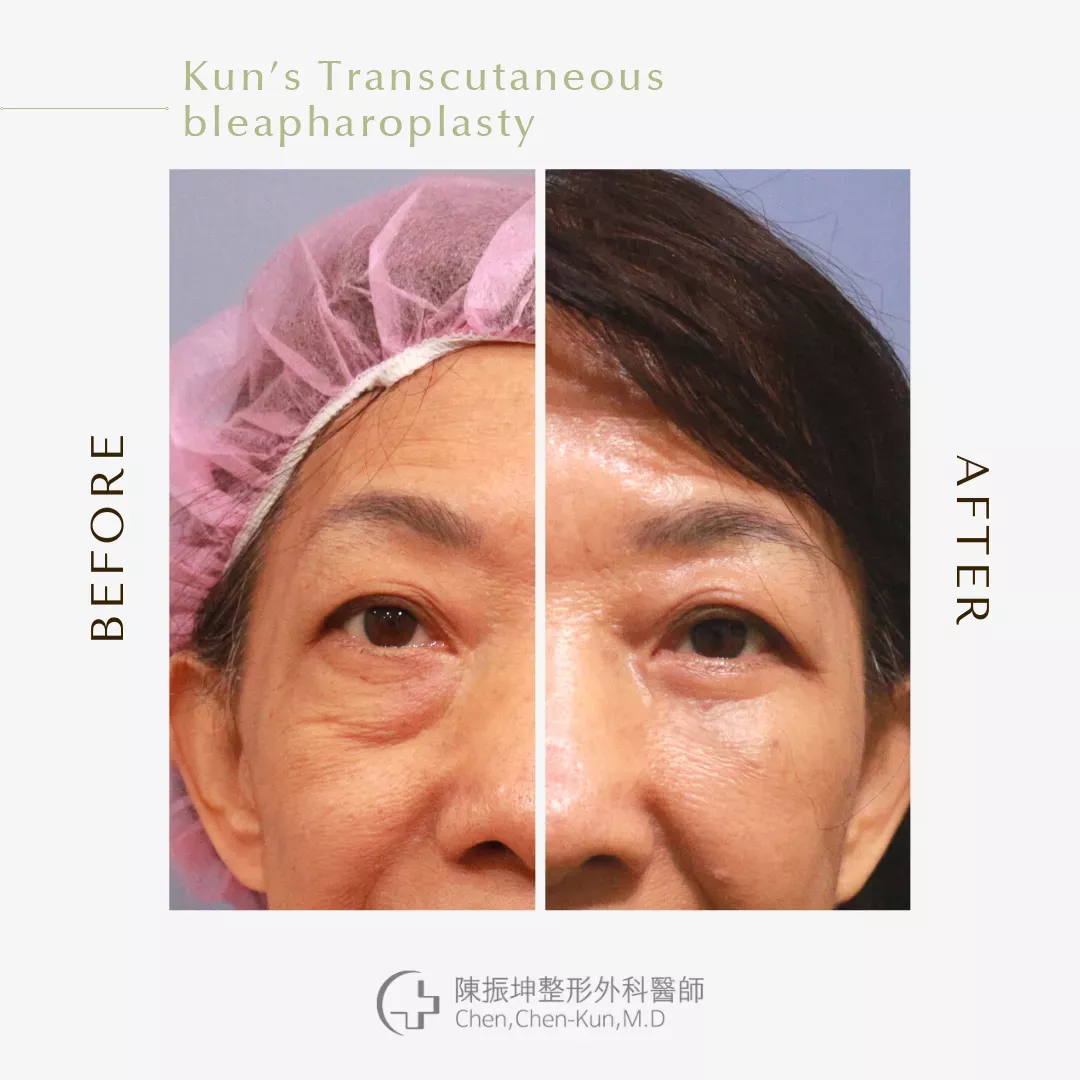
Dark-eye circles are a common eye issue that troubles many individuals. To eliminate dark-eye circles, it's crucial to first identify the type of dark-eye circles you have. Then, based on your condition, choose the appropriate Mumake Dark-eye circle treatment.
Three Major Types of Dark-Eye Circles
Pigmentary Dark-Eye Circles

This type of dark-eye circles is mainly caused by the "deposition of melanin," resulting in dark circles that appear brown or coffee-colored. It can be due to genetic factors or acquired later in life. Acquired factors, such as frequently rubbing or pulling the skin around the eyes, vigorous makeup removal, prolonged sun exposure, and other behaviors, can also lead to melanin deposition.
Recommended Treatments: Picosecond Laser
Vascular Dark-Eye Circles

The formation of vascular dark-eye circles is related to "poor blood circulation around the eyes," presenting as bluish or purplish dark circles. People with this type of dark-eye circles often overuse their eyes, experience insomnia, have a preference for strong-flavored foods, or belong to the allergic rhinitis group.
Recommended Treatments: Lumecca, Hyaluronic Acid, AestheFill®, Ellansé
Structural Dark-Eye Circles

Structural dark-eye circles are the most common type of dark circles. The primary cause is "facial structure and muscle" distribution issues, which create shadows visually resembling dark circles. Factors such as sagging dark-eye fat, deep tear troughs, sunken eye sockets, or hollows in the apple cheeks fall into this category.
Recommended Treatments: Autologous Fat Filling, Eye Bag Surgery
Kun's Transconjunctival Lower Bleapharoplasty / Kun's Upper Transcutaneous Bleapharoplasty

Step 1. Fat Repositioning:
Through an incision inside the eye's conjunctiva, the procedure involves separating and relaxing the infraorbital retaining ligaments. Then, the lower eyelid fat pockets are loosened and repositioned in the sunken tear trough area. This tightens the lower eyelid, enhances the appearance of the dark-eye area, and simultaneously addresses tear trough concerns.
Step 2. Nano-Fat Grafting:
For the inner opening of the lower eyelid, considerations must be made for hollowness in the mid-face region. When combined with autologous fat harvested through liposuction and processed into micro-sized fat particles (nano-fat), it can be grafted into the mid-face concave areas. This helps contour and define the apple cheeks, further accentuating the effects of step 1, the fat repositioning.
Step 3. Canthopexy Procedure:
Achieving fullness and tightness is a priority. The final step involves tightening and suspending the loosened canthal ligaments to create a more lifting appearance in the outer corner of the eye, resulting in a rejuvenated and youthful effect.

Step 1. Tear Trough Displacement:
Relax the ligaments and orbicularis oculi muscle around the tear trough area, altering the structure of the tear trough. Relax and separate the lower eyelid fat pad, fixing it or pushing it back into the depression of the tear trough. This can make the lower eyelid appear tighter, and the eye bags less prominent, while also addressing tear trough concerns.
Step 2. Nano-Fat Grafting:
Using autologous nano-fat, fill in the hollow areas in the mid-face, creating beautiful contours in the apple of the cheek. This enhances the fat repositioning effects of step 1.
Step 3. Festoon Suspension (+ Skin Rejuvenation):
For clients with looser skin, even if eye bag surgery can't completely eliminate dynamic fine lines, the use of autologous fat sculpting, along with the final step of festoon suspension (some clients may also combine it with external skin tightening), results in beautiful festoon shaping and a more youthful appearance.
Comparison of Various Treatments

Witness
※The case photos in this text are clinic's pre- and post-operative photos, used for treatment explanation or supplementary educational information. They are for reference only. According to the announcement of the Ministry of Health and Welfare, the case records obtained patient consent and are not medical advertisements.







 Booking Now
Booking Now  Messenger
Messenger  LINE
LINE 


